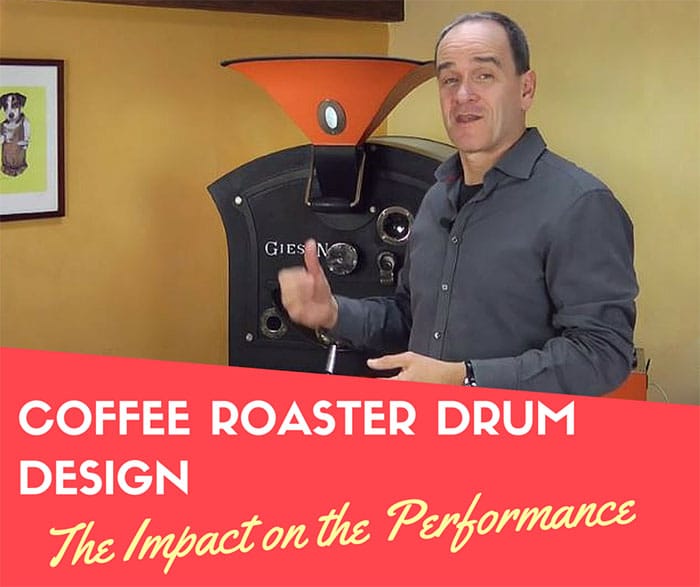Coffee Roaster Drum Design and the Impact on Roaster Performance

Almost all coffee roasting machines utilize the concept of a rotating cylinder for the roasting and mixing of the coffee beans.
The preferred drum designs allow for the mixing of the coffee beans in two directions; with the rotation of the cylinder, as well as from the back to the front of the drum allowing for an optimum exchange of heat between the air passing through the drum and the coffee beans inside the drum.
Varying the rotation speed of the roasting cylinder can help in slowing down or accelerating the heat exchange.
Coffee roasting drums can be manufactured from different types of metal. Mild steel is preferred over stainless steel due to the fact that stainless steel can cause hot spots, resulting in the tipping and scorching of the coffee beans.
While selecting a roasting machine, it is recommended to verify the capacity of the roaster. Some manufacturers can exaggerate the capacity of their machines. After loading the green beans into the roaster, a minimum percentage of head space in the drum (by volume at least 55%) is required to allow for an efficient roasting process, facilitating an optimum expansion of the beans and an adequate control of the RoR.

Responses